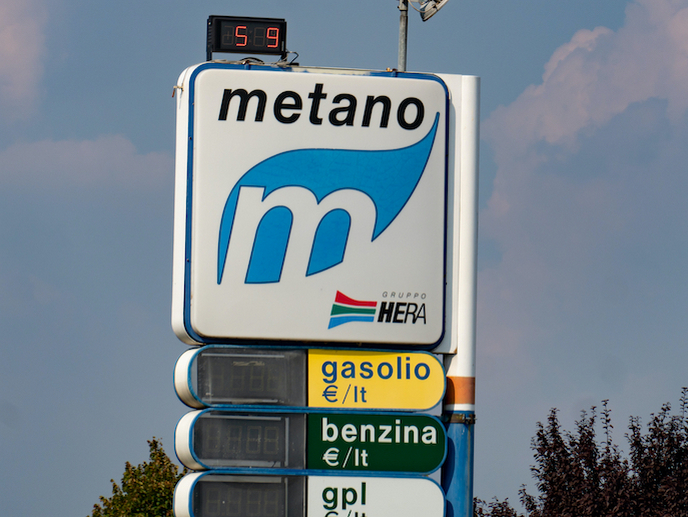Cheap hydrogen from natural gas streams
Experts may disagree on how and in how much time society will get there, but we can pretty much take one thing for granted: the future of energy lies in renewable electricity. We ‘just’ need to produce enough and, perhaps most urgently, find out how to efficiently store and transport it. There is one option that increasingly stands out. It’s the use of existing natural gas pipelines to bring electricity to end users in the form of hydrogen. “Several studies have shown that up to 10-15 % of hydrogen can be injected into high-pressure natural gas grids without major safety concerns,” says Fausto Gallucci, professor of inorganic membranes and membrane reactors at the University of Eindhoven. “The next problem would be to separate this hydrogen from natural gas at the point of interest.” This is precisely what the HyGrid (Flexible Hybrid separation system for H2 recovery from NG Grids) project is about. While some separation options like pressure swing adsorption (PSA) already exist, they have proved too costly to use for gases with low hydrogen concentrations in which 90 % of the gas to be compressed and recompressed is the carrier. The project consortium led by Gallucci decided to overcome this problem by using a combination of different technologies. These include temperature swing adsorption (TSA), membranes and electrochemical separators. “The idea is to achieve high recovery at low cost. We take the stream from the natural gas grid, make it pass through different steps including inorganic membranes with sweep gas, and finally recover the remaining hydrogen with electrochemical separators. From thereon, we can reinject the clean natural gas into the grid,” Gallucci explains. The project still has a few months to go before it can be wrapped up, but the list of outcomes is already substantial. The electrochemical separator, membrane production and membrane separators have been scaled up, and the membranes have been tested in industrial conditions up to 50 bar. Project partners, the Technical University of Eindhoven (TUE) and Tecnalia, have submitted two patent applications: one for the development of different separator schemes that can be used in different scenarios of hydrogen recovery, and one focused on the use of carbon-based membranes for gas separation. “We have also generated new knowledge distilled in various scientific papers,” adds Gallucci. “These include open access publications on electrochemical separators in the Chemical Engineering Journal. In these publications we tested for the first time the purity of the separated hydrogen, developed detailed models for the separator and elucidated the mechanism of poisoning of the system.” Other published papers cover the likes of the evaluation of membrane permeation mechanisms, membrane production and the utilisation of both palladium-based membranes and carbon membranes.
Path to commercialisation
Complete system modelling has demonstrated costs 25 to 40 % lower than with state-of-the-art technology. Final tests have yet to demonstrate the purity and recovery rates achieved by the technology, but TUE and Tecnalia are not wasting any time. A joint company has already been created to exploit part of the technology developed under HyGrid. Called H2SITE, it will develop small-scale hydrogen production and separation systems for high-purity hydrogen production. “We now have a system that works and is cost-effective. If the injection of hydrogen in the natural gas grid is to be implemented – which looks likely from the different actions taken at EU level – we are ready to recover this hydrogen at the point of use. HyGrid will definitely facilitate the penetration of hydrogen injection technology into the market,” Gallucci concludes.
Keywords
HyGrid, hydrogen, natural gas, transport, separation







